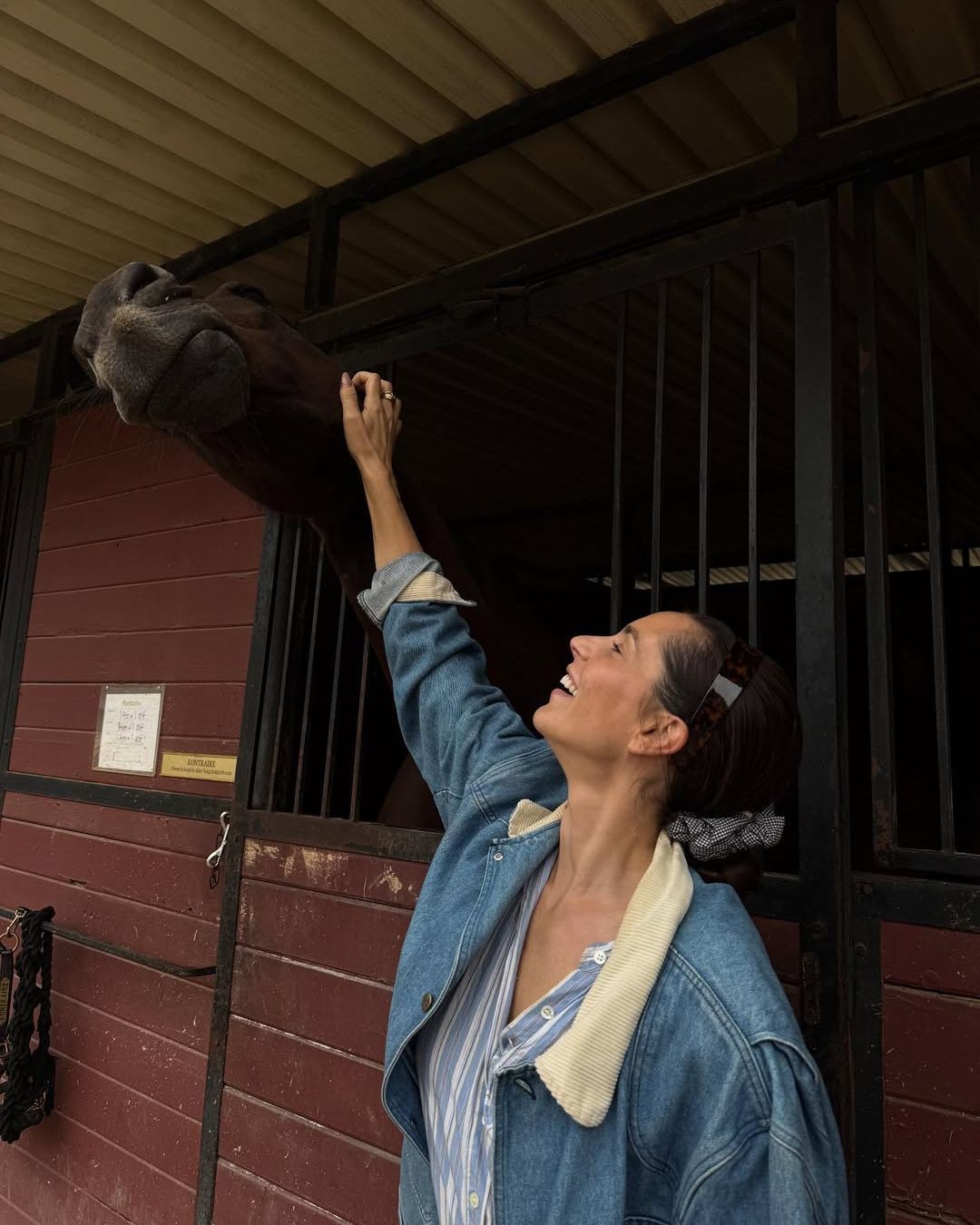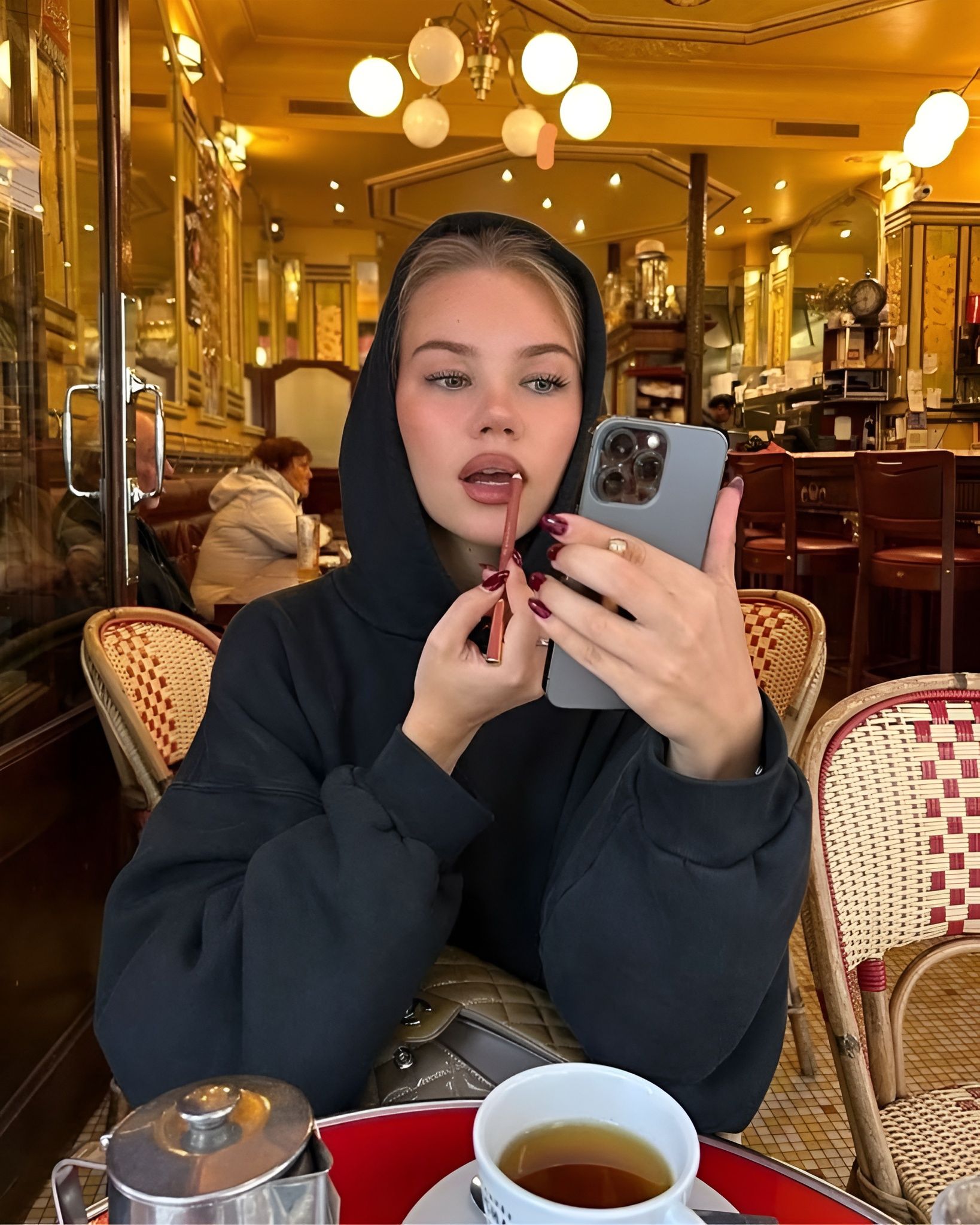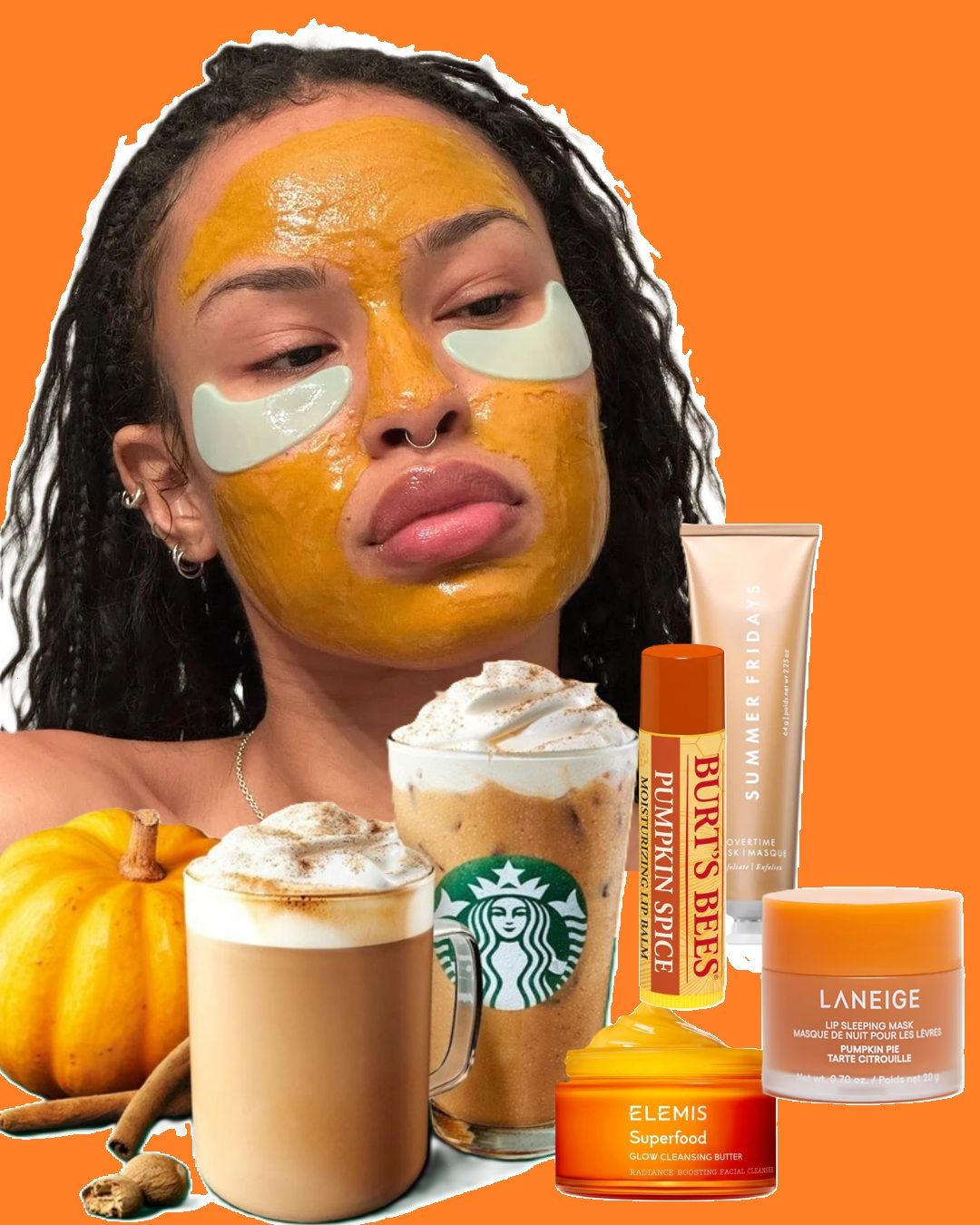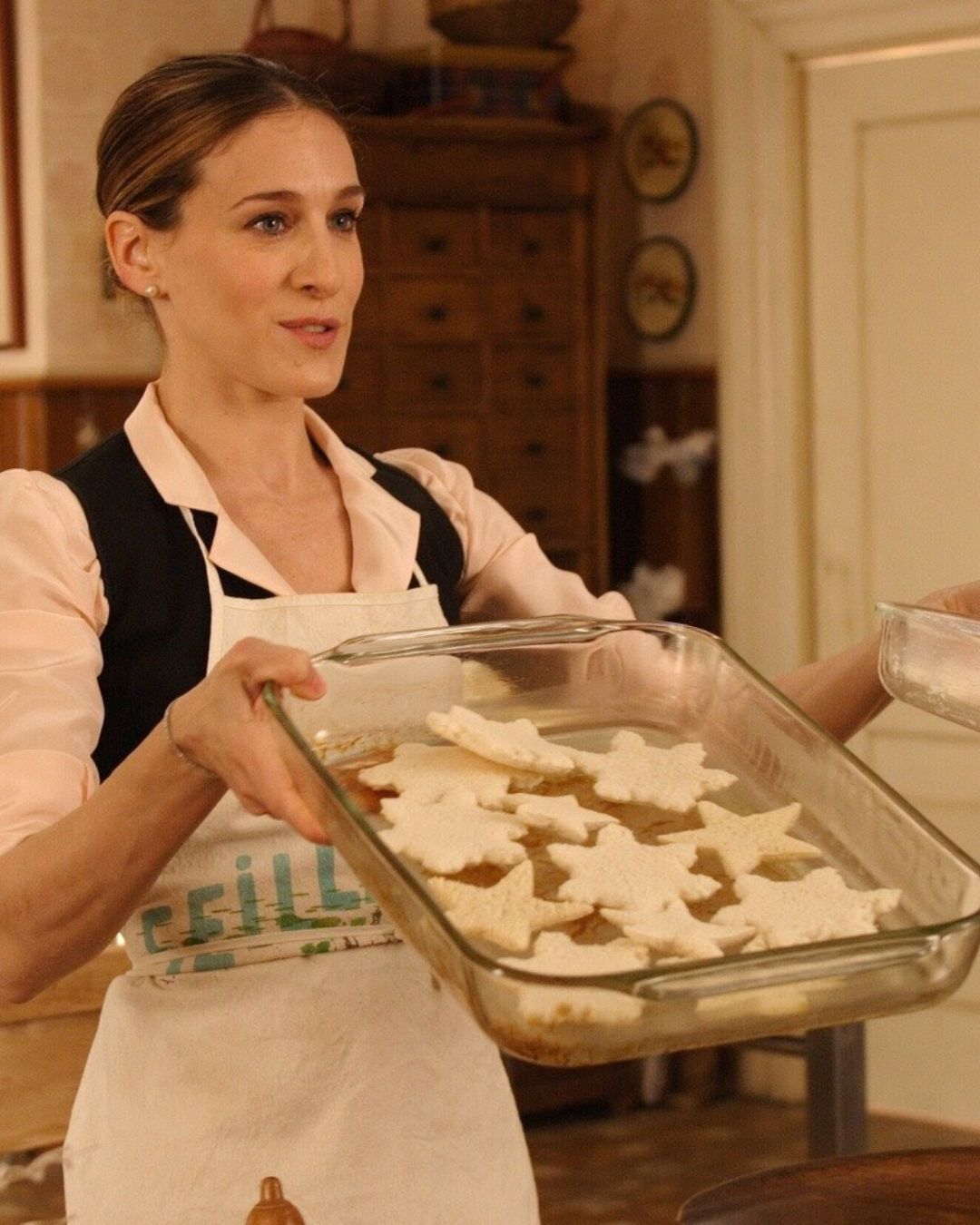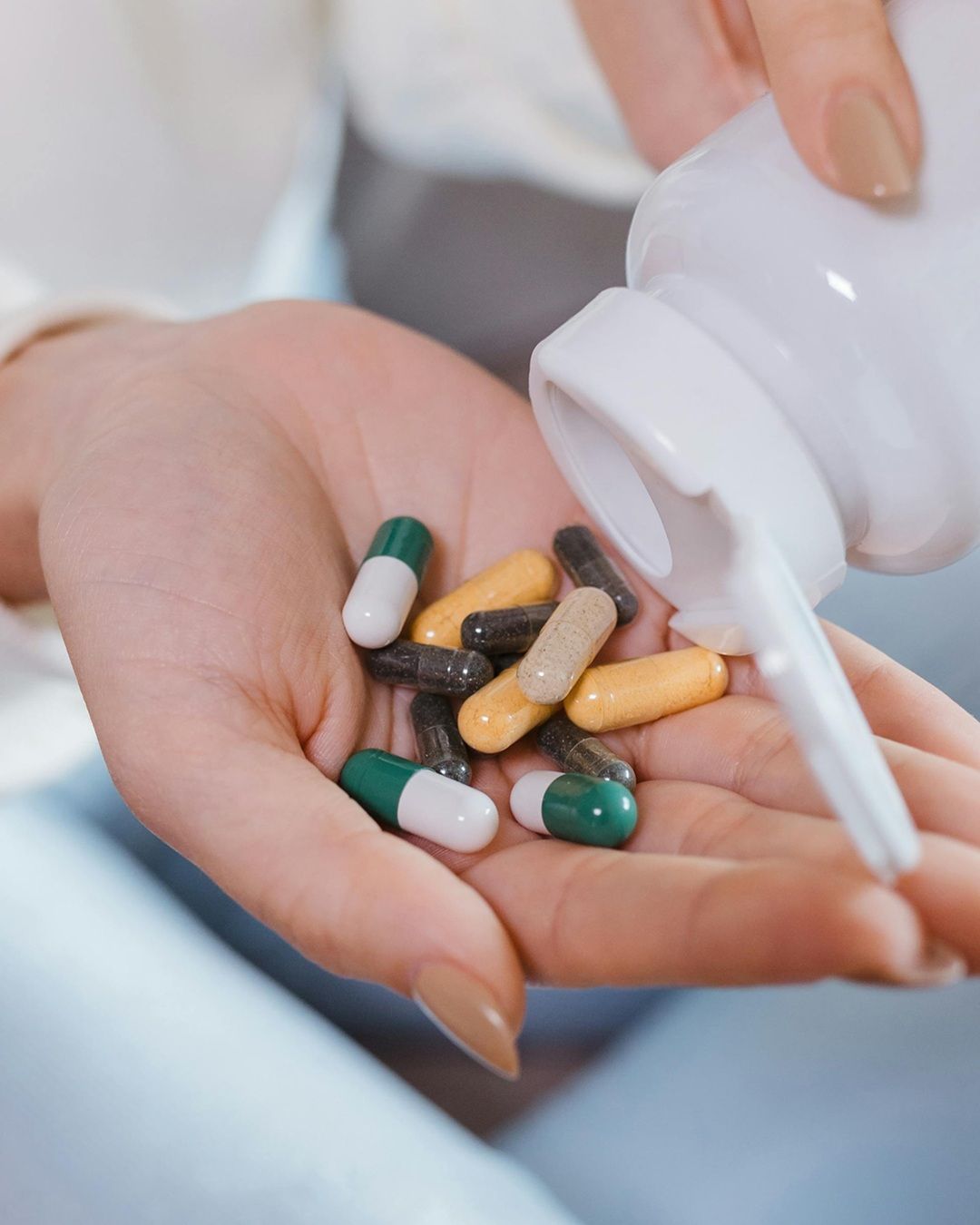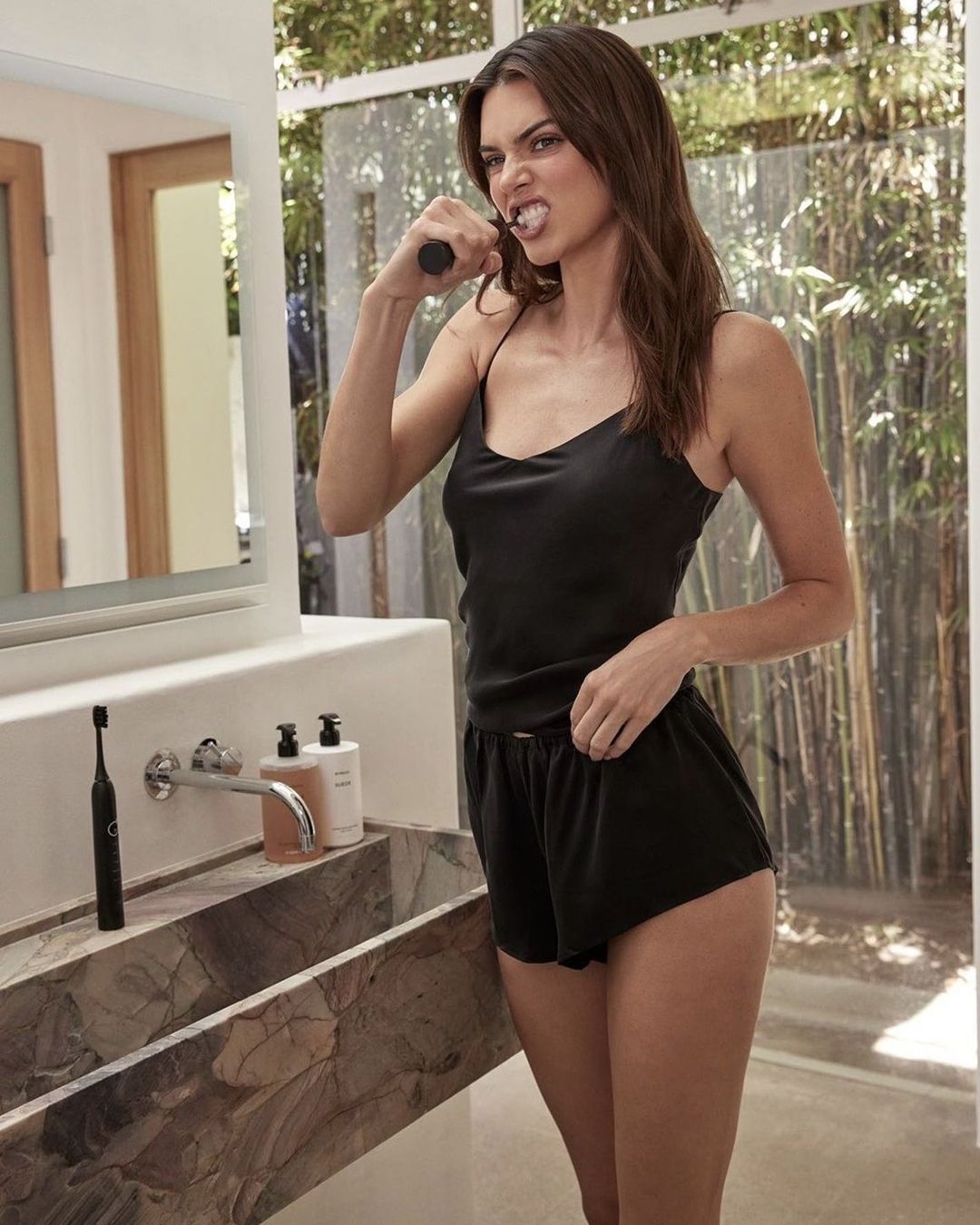
Beauty and disability: where do we stand? Spoiler: there is still a long way to go
According to the World Health Organization, about 15 percent of the world's population lives with some form of disability, but according to a 2019 study conducted by P&G, only 4 percent of beauty care products directly address their needs. In recent years, many brands have worked to become more inclusive and promote diversity in terms of gender identity, skin color and body types, but the beauty industry is still an area that is exclusively for healthy people.
Disability in beauty campaigns
The relationship between beauty and disability is still evolving. Progress is slow and for now is focused on increasing representation. In 2011, L'Oréal Paris appointed a model with a visible disability, Paralympian and amputee Aimee Mullins, as its global ambassador; in 2018, Jillian Mercado, an actress and model with spastic muscular dystrophy, starred in Olay's "Face Anything" campaign; in 2020, Gucci and Benefit chose models with Down syndrome for their beauty campaigns and Ulta Beauty photographed a woman in a wheelchair for its advertising posters. And in 2019, Dove launched the "Show Us" project, a collection of over 5,000 digitally unretouched images of women from all walks of life taken by female and non-binary photographers in over 39 countries, including people with various disabilities.
Small steps towards inclusion
It is not enough to place a diverse group of models in an advertising campaign, and companies are beginning to realize that there will be no true inclusion unless a broader approach is taken that includes truly accessible products designed and developed by people who know what it is like to live everyday life with a disability. For example, Estée Lauder has announced plans to develop strategies to help customers with disabilities use and purchase cosmetics, while L'Oreal is working to ensure that at least 2 percent of its workforce are employees with disabilities.
What are beauty brands doing for customers with disabilities?
The beauty industry still has a lot of work to do when it comes to the inclusion of people with disabilities. Especially the big brands, which all too often advertise innovative projects that later turn out to be flops or never end up on store shelves. A few years ago, for example, Unilever presented the "world's first inclusive deodorant", which was specially developed for people with limited arm mobility and vision. Unfortunately, the prototype never made it past the test phase as it was overshadowed by negative feedback. The same fate befell HAPTA, Lancôme's first computerized make-up applicator for people with hand movement disorders and stroke, which is planned for 2023 but does not yet have an official release date.
Disability is the new frontier of beauty
But there are also positive examples. Bioderma, Humanrace, L'Occitane and Dr. Jart have started to use Braille on their packaging. Too Faced has recently introduced QR codes on its packaging to make its products easier to recognize. Herbal Essences products have tactile printing on the back, a simple system of circles and lines to differentiate between shampoo and conditioner for visually impaired people who cannot read Braille. Olay developed a new face cream with an easy-open lid, as did Rare Beauty, which focused on easy-open packaging and applicators, inspired by the health problems of its founder Selena Gomez. Estée Lauder has launched an artificial intelligence-based app that helps blind make-up lovers apply their favorite products by providing feedback through voice assistance.
The future lies in independent brands
While large corporations struggle to address the real needs of people with physical disabilities, independent brands are much more open-minded. They have recognized that all body types are valid and should be represented, that everyone, even those with a health condition, wants to look and feel good. They have also realized that offering the right aids for people with disabilities also means gaining an economic advantage and tapping into a large market segment that has been largely ignored. A few examples? Kohl Kreatives has developed make-up brushes specifically tailored to customers with mobility impairments or people with illnesses, with flexible handles and heads that make them easier to use than conventional ones. Human Beauty actively involves people with disabilities in the testing and design of its products to ensure true inclusion. One of the pioneers of adaptive make-up is Guide Beauty, which was founded in 2020 by make-up artist Terri Bryant after her Parkinson's disease made it difficult for her to work. "Make-up techniques that I used to be able to do with little or no effort seemed alien and exhausting. I started to rethink makeup and the way we apply it," says Bryant, who also involved Selma Blair, who was diagnosed with multiple sclerosis in 2018, as creative director on the project.
How do we achieve true inclusivity?
The mainstream beauty industry still has a long way to go to achieve true inclusivity. Braille packaging, recognizable shapes on products, embossed QR codes linked to audio signals, and adaptive aids such as easy-open lids and technology-based products are promising steps in the right direction, but they are not enough. A 360-degree approach is needed, experts say. While the first step is to prioritize the development of adaptable products and packaging, it is also necessary to ask those who need to use this makeup what they need. Brands need to go beyond symbolic representation and actively involve the disability community in design, development and decision-making processes to ensure they provide the right guidance and feedback. And the result must be sold at an affordable price. The second step? More visibility and representation in advertising and editorial campaigns to challenge the status quo and promote a beauty that is different from one-size-fits-all and stereotypes. In short, it's an ongoing process that needs constant improvement.



















